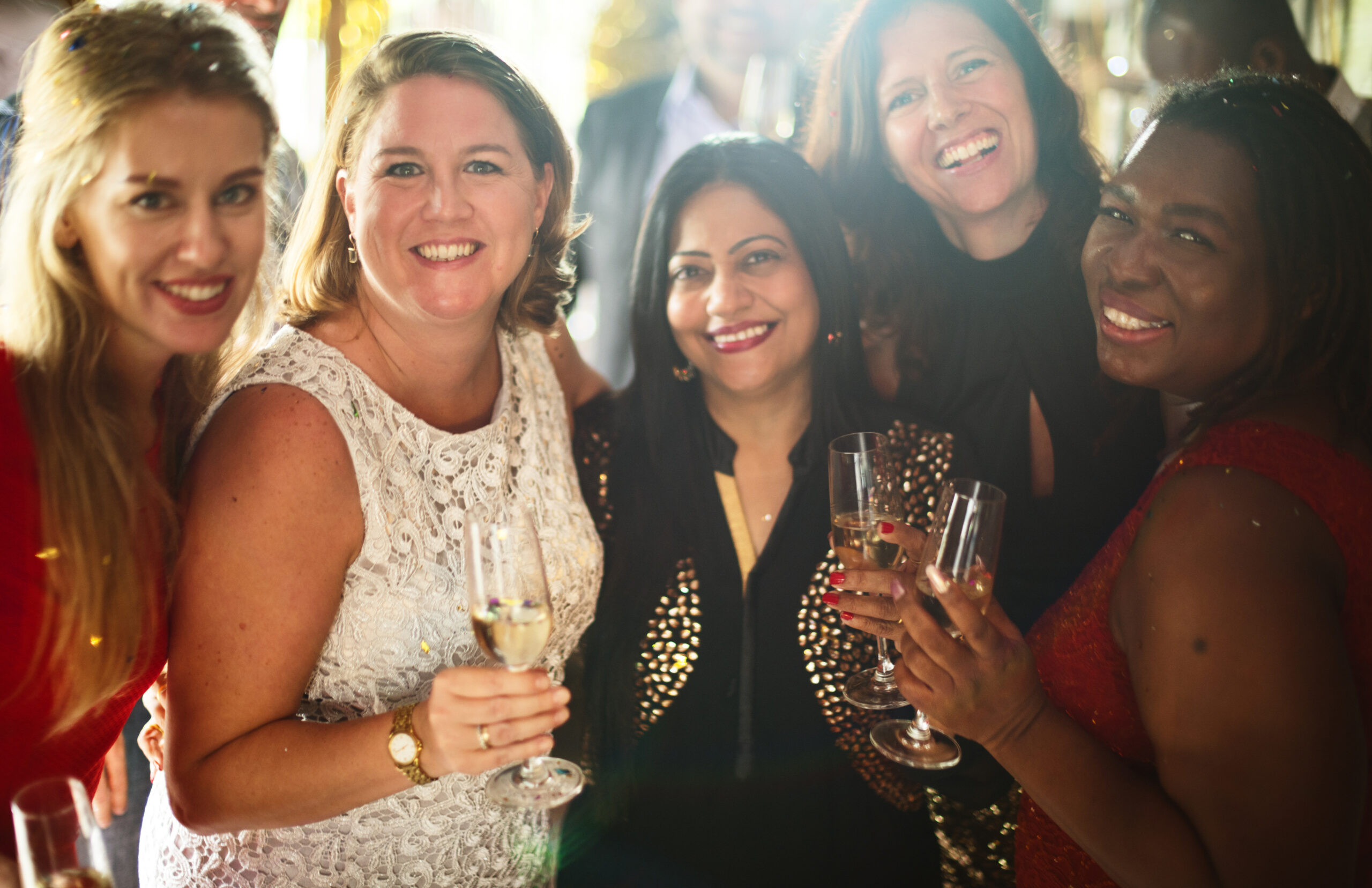March 8th is International Women’s Day. It’s a time to recognise the social, economic, cultural and political achievements of women, and the progress we’ve made as a society towards gender equality.
It’s also a day for acknowledging the work that’s still to be done.
This year’s theme – Press for Progress – seeks to continue the momentum gender equality gained in 2017, when campaigns such as #MeToo and #TimesUp hit the headlines to demonstrate the prevalence of sexual assault and harassment against women, and call for an end to this behaviour.
How does Australia stack up?
The latest Global Gender Gap report shows Australia is ranked in 35th position out of 144 countries when it comes to gender equality, while our near neighbour New Zealand ranks ninth1.
Australia has improved from 46th position last year2, showing progress is being made, with the report pointing to an improvement in our economic participation and opportunity ranking, and our political empowerment ranking. It found that women now comprise a greater share of our legislators, senior officials and managers, as well as parliamentarians and government ministers3.
Our educational attainment gender gap is fully closed4, and in fact, more women than men attain a bachelor degree in Australia5.
More room for improvement
The latest Gender Indicators data from the Australian Bureau of Statistics also revealed6:
- There are fewer women in the workforce than men, and women are more likely to be in part-time or casual employment, and are more likely to be under-employed.
- Women earn less overall and female graduates earn less than male graduates, with median starting salaries of $56,000 and $60,000 respectively. By contrast, Iceland, – which topped the Global Gender Gap report for the 9th year running – recently became the first country to make equal pay a legal requirement, with businesses of 25 or more employees in Iceland required to prove they are paying male and female staff equally7.
- Women aged 55-64 have less super than men the same age – an average of $196,409 compared with $310,145.
How to close the super gap
In fact, women have less super than men across all age groups8, but there are some steps women can take to tackle the retirement gap and improve their future financial security.
- Firstly, know your super balance – if you’re an AMP super customer, you can check this by logging into My AMP.
- To see how your balance compares to others your age, check out our article: How much super should I have at my age?
- You could search for lost super you may have forgotten about from previous jobs.
- If you have multiple super funds you could consider consolidating your super into one account to reduce the amount you pay in fees.
- If you can afford to add more to your super you can do this tax effectively by salary sacrificing. Find out how salary sacrificing even a small amount each week can make a big difference to your retirement.
- If you’re self-employed or your employer doesn’t offer salary sacrifice, you can also make a personal tax-deductible contribution to your super which offers similar tax benefits as salary sacrificing.
If you’d like more help with closing your retirement gap, speak to your financial adviser or give us a call on 03 6343 1007.
1 World Economic Forum, Global Gender Gap Report 2017, pg. 10.
2 World Economic Forum, Global Gender Gap Report 2016.
3,4 World Economic Forum, Global Gender Gap Report 2017, pg. 16.
5,6 Australian Bureau of Statistics, Gender Indicators Australia, September 2017.
7 Iceland, Ministry of Welfare, 2018.
8 Australian Bureau of Statistics, Gender Indicators Australia, September 2017.
Online source: Produced by AMP Life Limited and published on 14 February 2018 Original article.




